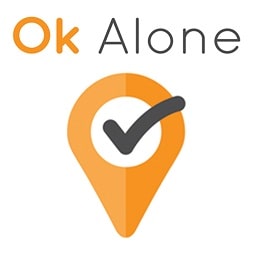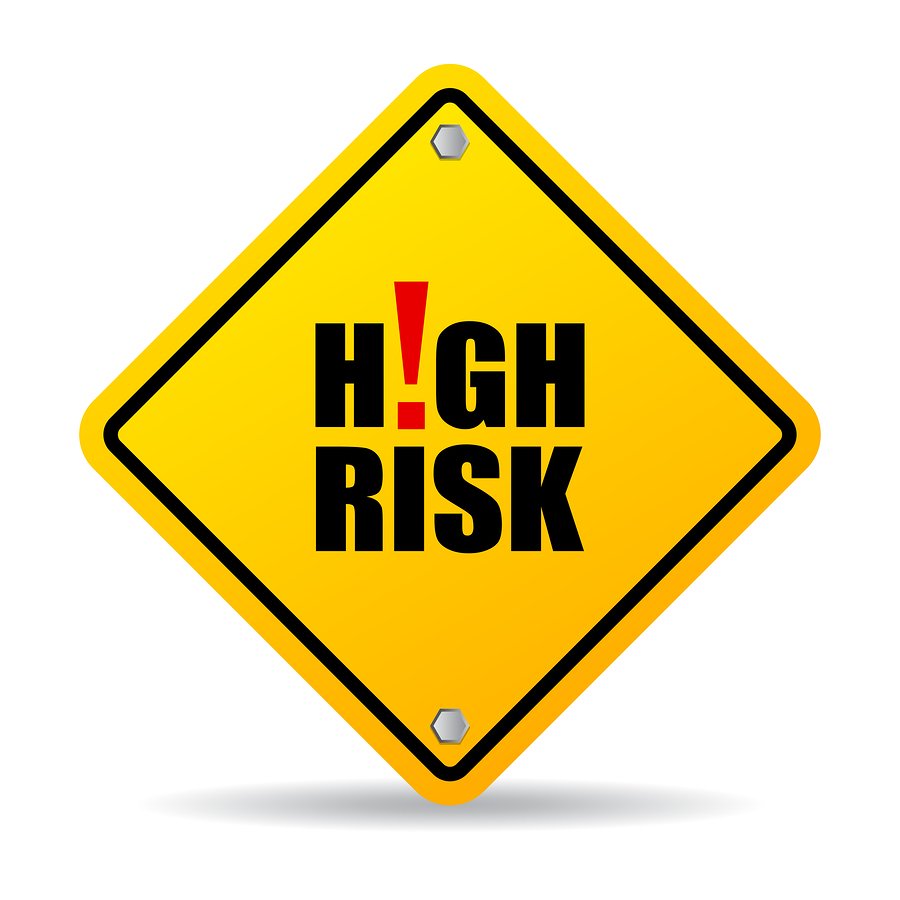I would like to share my views on lone worker duress communication, particularly when the clientele served is in high-risk situations. What I have found through my years as a crisis management consultant, leading various organization in minimizing risk and maximizing safety, needs to be shared.
Individuals who are at the most risk are the ones that are least likely to call law enforcement until all measures have been exhausted. Typically, workers might stay too long in a situation where extracting themselves or summoning assistance might be preferable.
Public Health Ontario stated that staying too long in a crisis situation increases the risk of injury. That statement is directed at the workers being placed at risk by their client.
If that statement is true then by having proactive options, like calling a team mate or having an exit script could mitigate an ensuing crisis at the early stages of the conflict.
When do people press the magic button and how long does it take for people to arrive were the original questions asked when implementing duress alarm platforms. Now added to these primordial ones are the following:
How emotionally flexible, agile and respectful will the responder be towards my client?
There are many stories resembling the one Toronto experience when James Furcillo shot and killed Sammy Yatin on an deserted streetcar. How many stories involving staff needing assistance and losing their clients to solicited or unsolicited law enforcement assistance? Can’t really blame police with the training and the mandate they have!
I find that pressing the button should be made to solicit back up in a situation that has not yet reached the explosive level. That engaging the duress button becomes a proactive strategy that will be supported by chosen individuals who have the skills, knowledge and attributes necessary to de-escalate the situation, and the necessary know how to call 911 if necessary.
Direct call to the police as a response to a duress call needs to be present and functional under counters where cash or expensive merchandise might be forcefully taken. Then again, staff should still be trained on not putting themselves in danger by resisting when being robbed.
In conclusion, human service providers should rethink the complete duress procedures to verify if the strategy they promote really works for the best interest of both client and employee. Having the opportunity to call a peer in an opportune moment is better practice than calling law enforcement for compliance and acceptable behaviour!
——————————-
This blog was written by Steve Hall, a workplace violence safety consultant based in Oakville, Ontario, which Ok Alone is please to share with permission. Steve specializes in Workplace Violence Prevention. He consults with organizations on all levels: environmental safety awareness (CPTED); Technological infrastructure; Operational safety strategies, preparation and deployment; Organizational post-incident review and learning opportunities; Non Violent Crisis intervention and Community Worker Safe Practice training; and most importantly the awareness and dexterity to avoid improvisation and rather respond with confidence and empathy when faced with complex and potentially volatile situations.
You may contact steve at [email protected] or online at www.stevehall.ca
Ok Alone has numerous ways for you and your team to prepare and get help in high risk situations. It’s so popular, it’s made to our best features list – https://www.okaloneworker.com/lone-worker-app/features/

The Ok Alone team writes informative articles about lone working. Through our articles, we aim to educate readers on the benefits and best practices of using our lone worker app, and how Ok Alone can help mitigate risks and enhance communication between workers and monitors. Learn about other areas including legislation, risk management, and legal compliance plus lone worker features such as man down, high-risk check ins and location monitoring.

